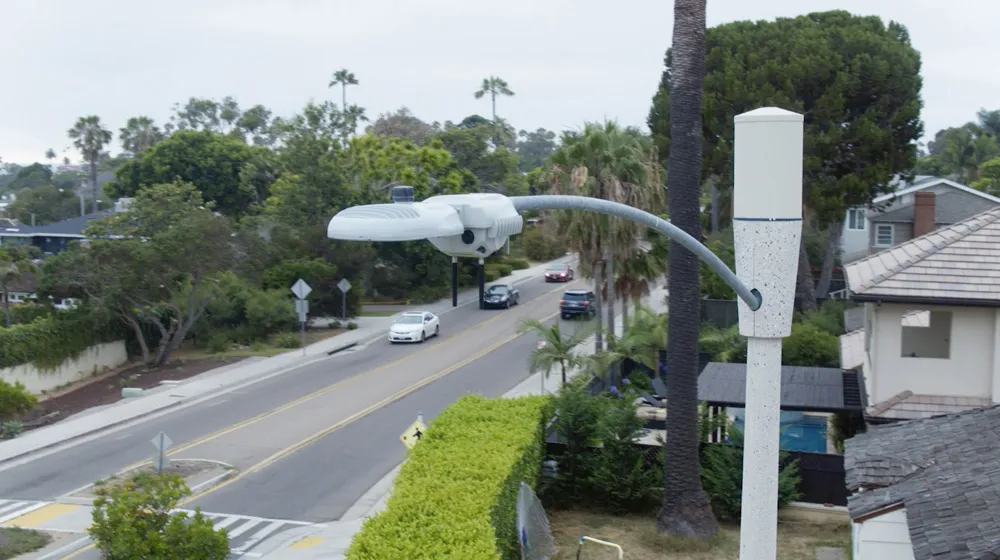Wavetronix has announced it has purchased 68 acres in Springville, Utah to be the future site of its headquarters, following a year of negotiations with various property owners to evaluate the suitability of the property. It is located south of Hobble Creek on the east side of I-15 and construction will begin Spring 2018.
November 20, 2017
Read time: 1 min
The acquired area is situated along the freeway spaced between the two Springville exits among several other positive features of the site that influenced the decision.
Scott Jenso, chief architect, said: "Hobble Creek on the north border provides a wonderful opportunity to interface our campus with the natural environment of this waterway. We are carefully planning that interface with those responsible for the well-being of the waterway, and dedicating several acres to be a transition from the stream to the campus buildings.”










